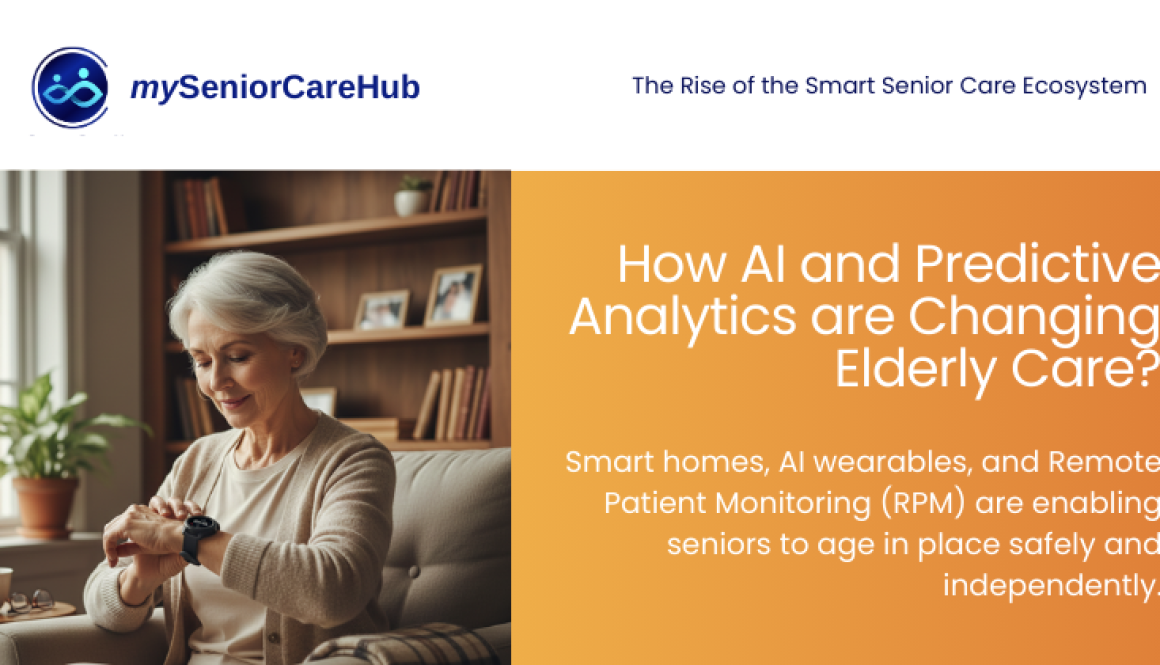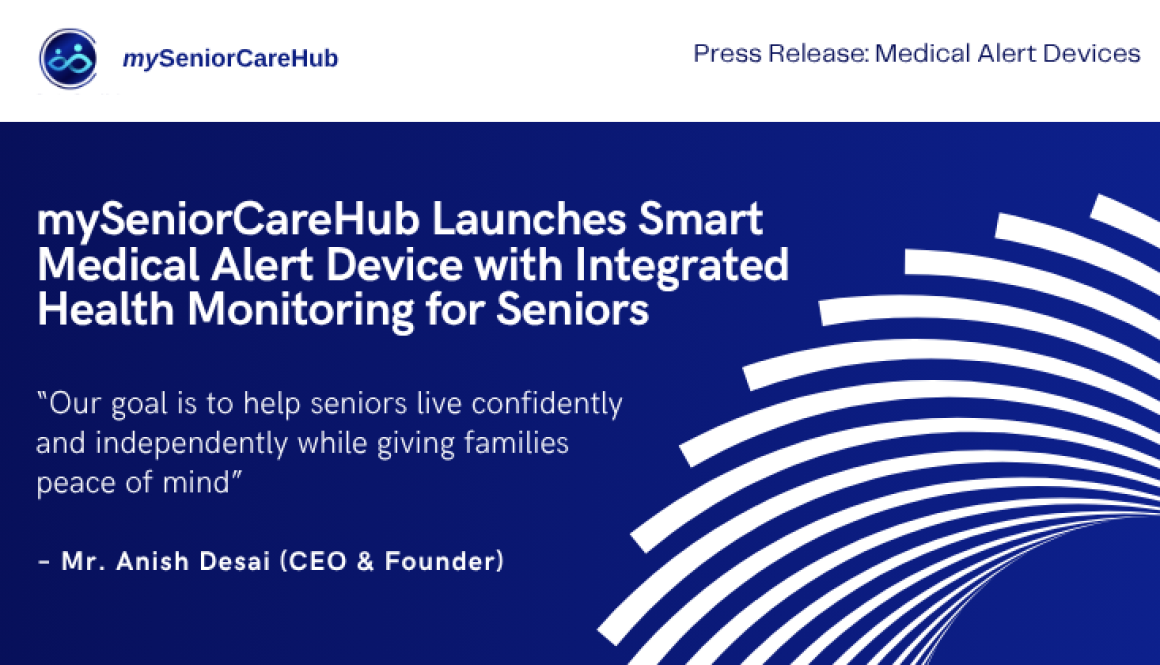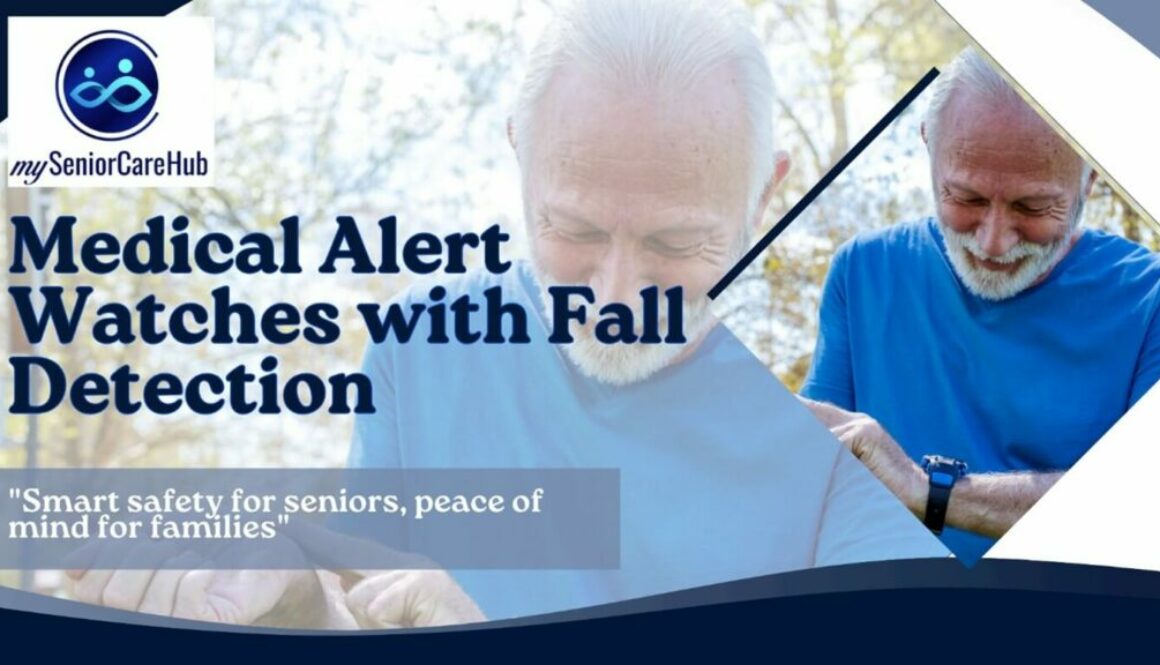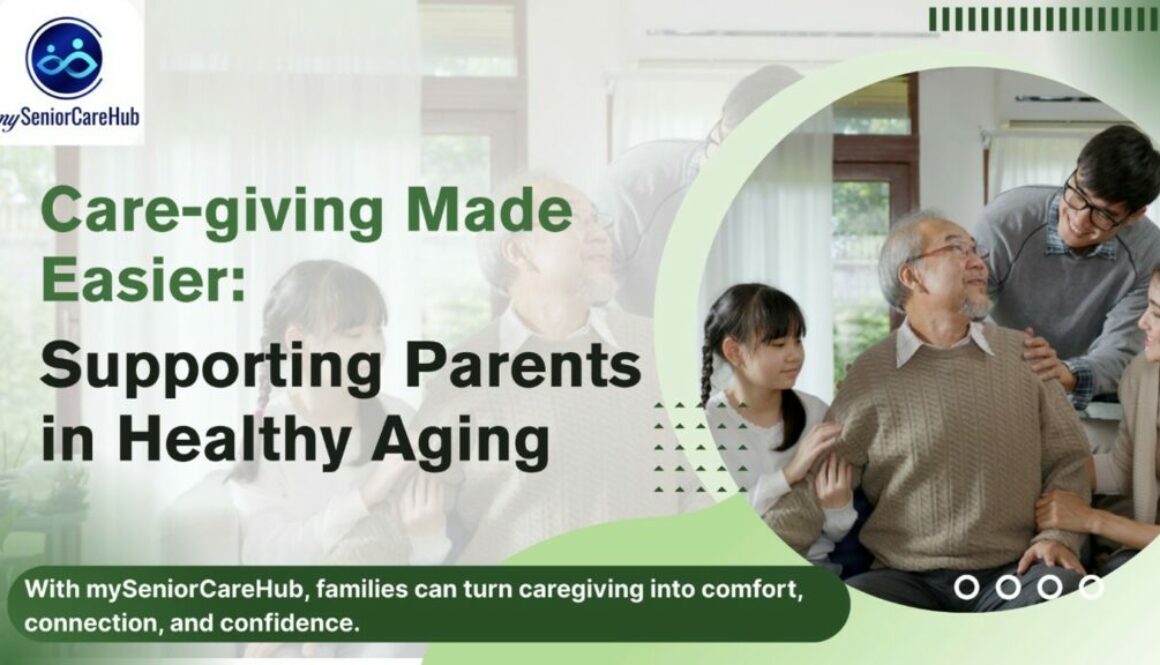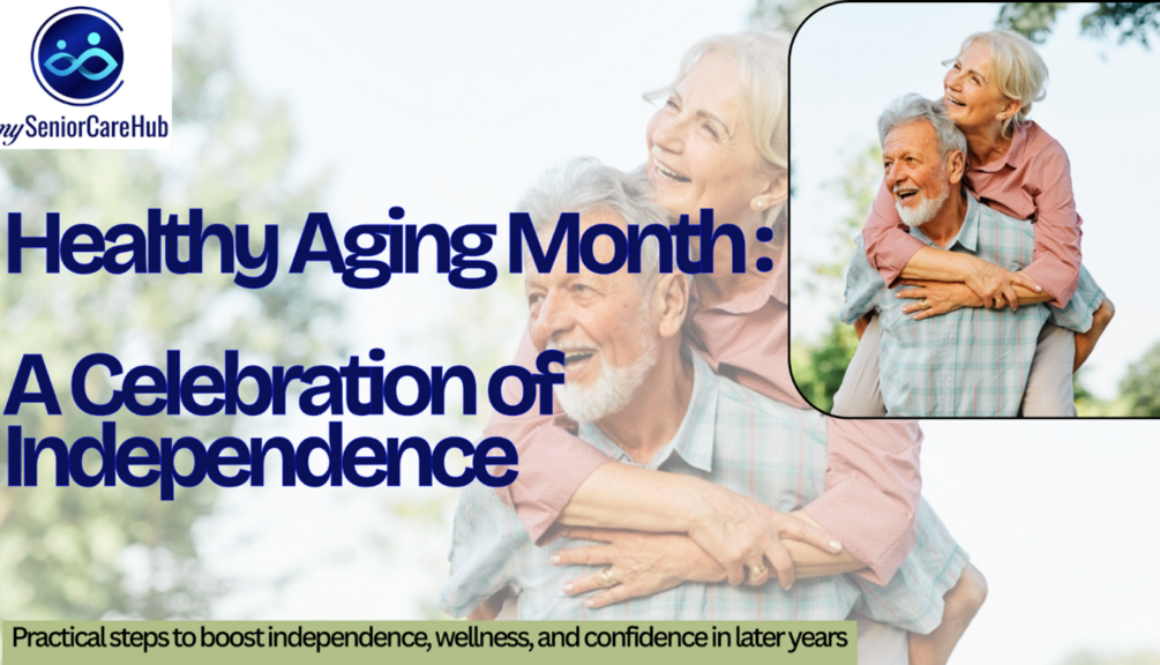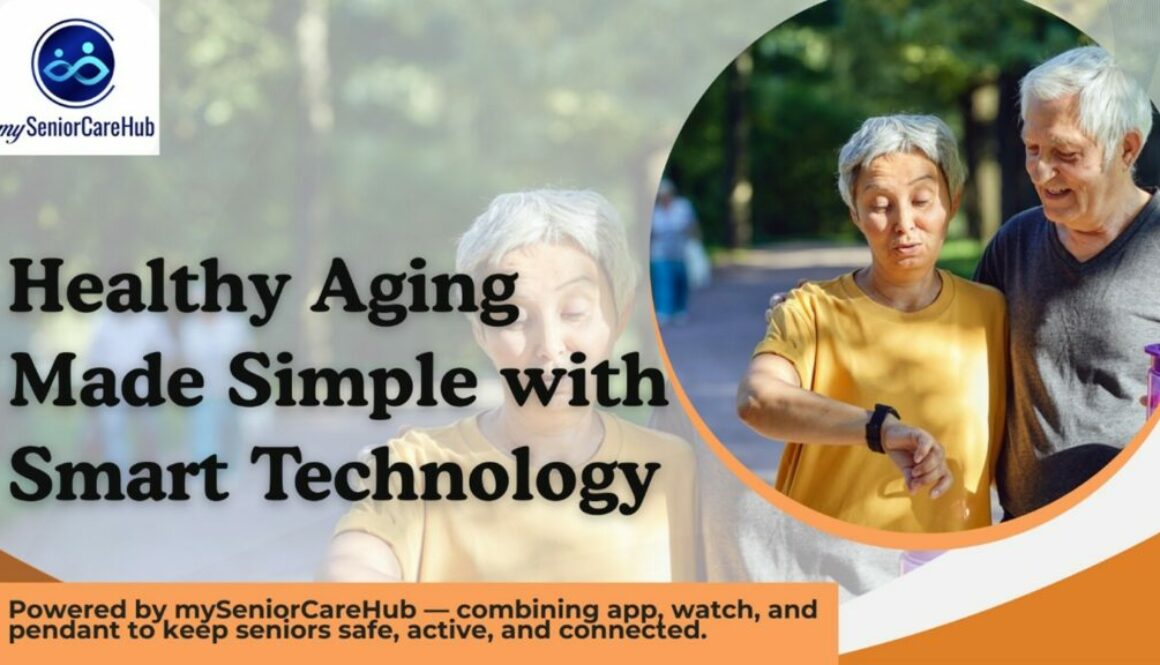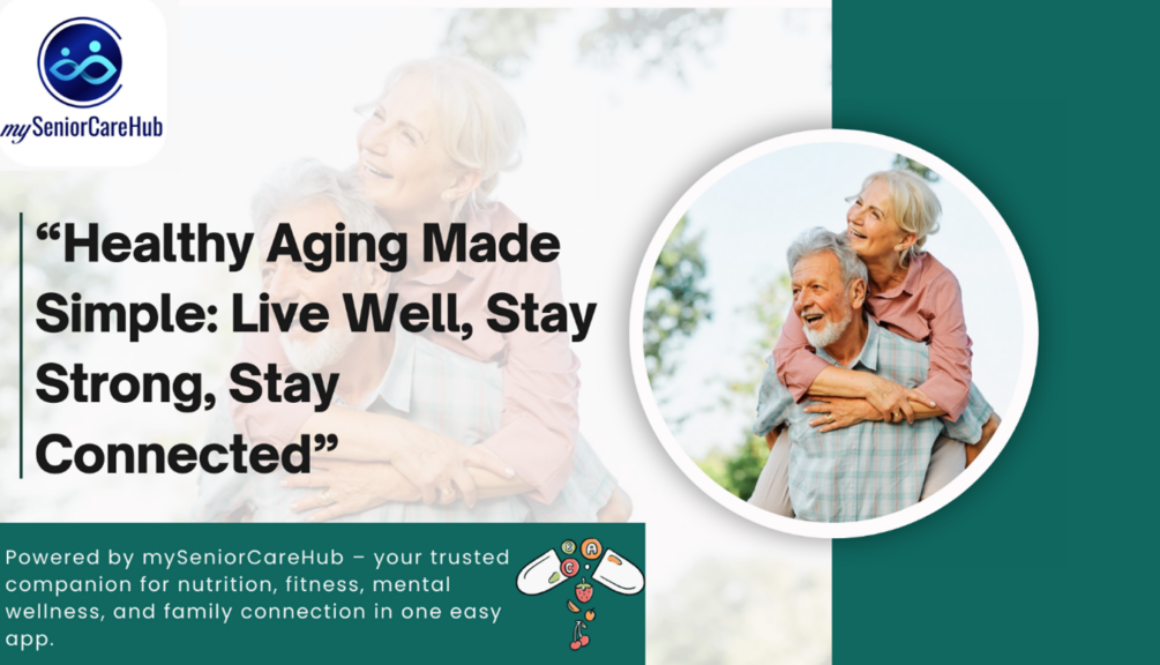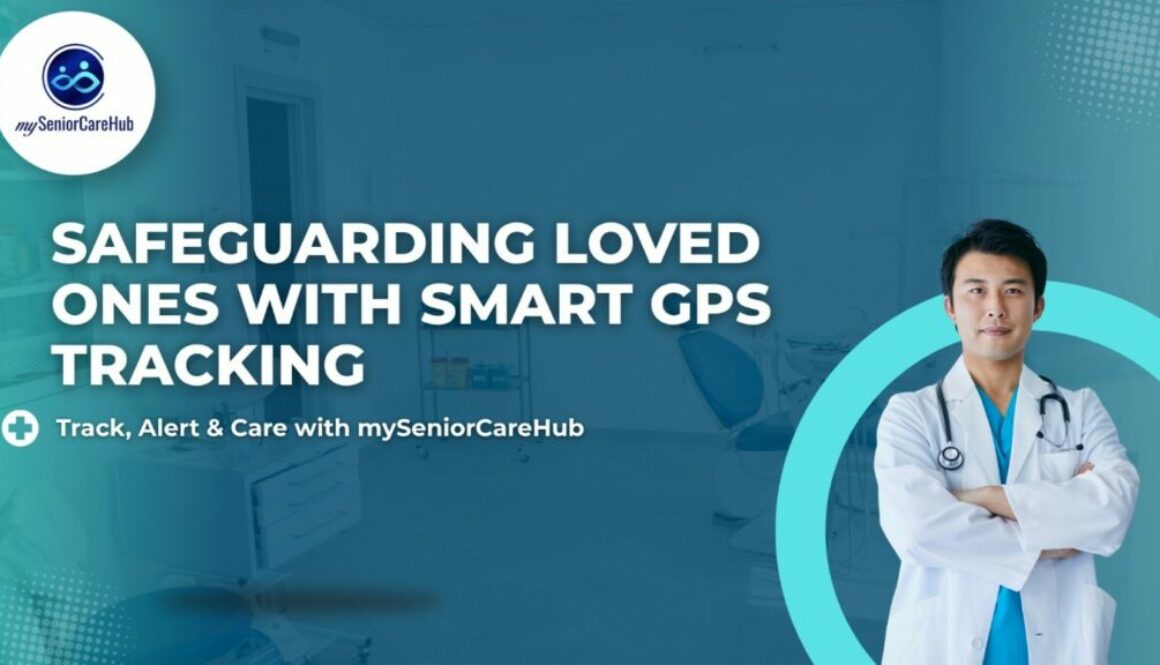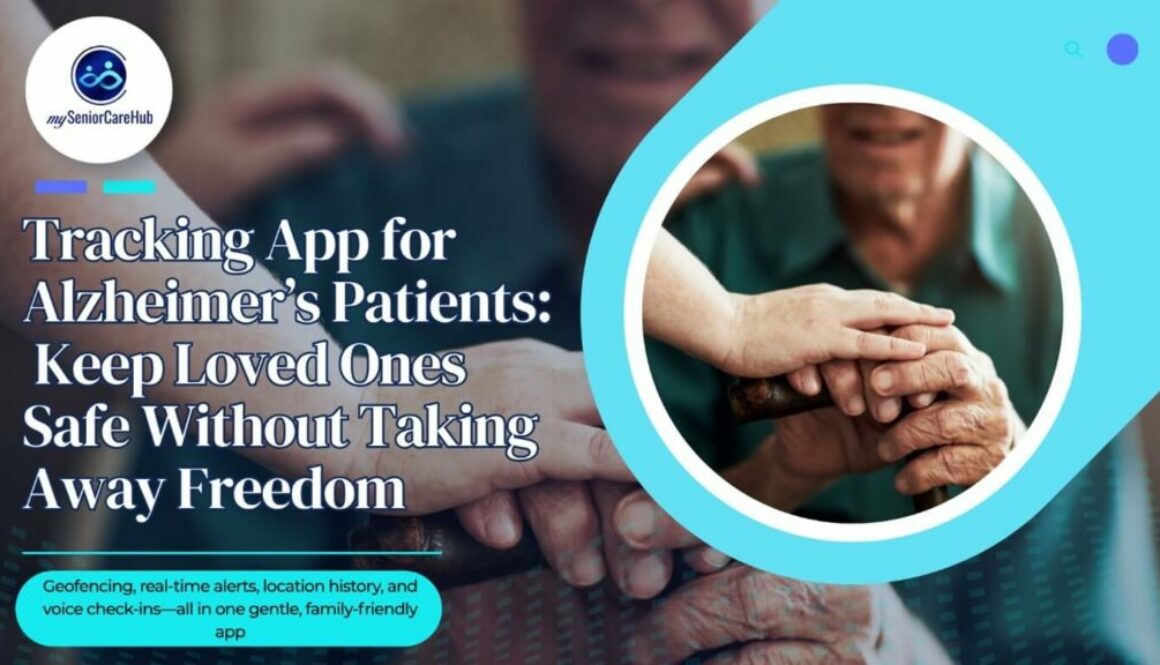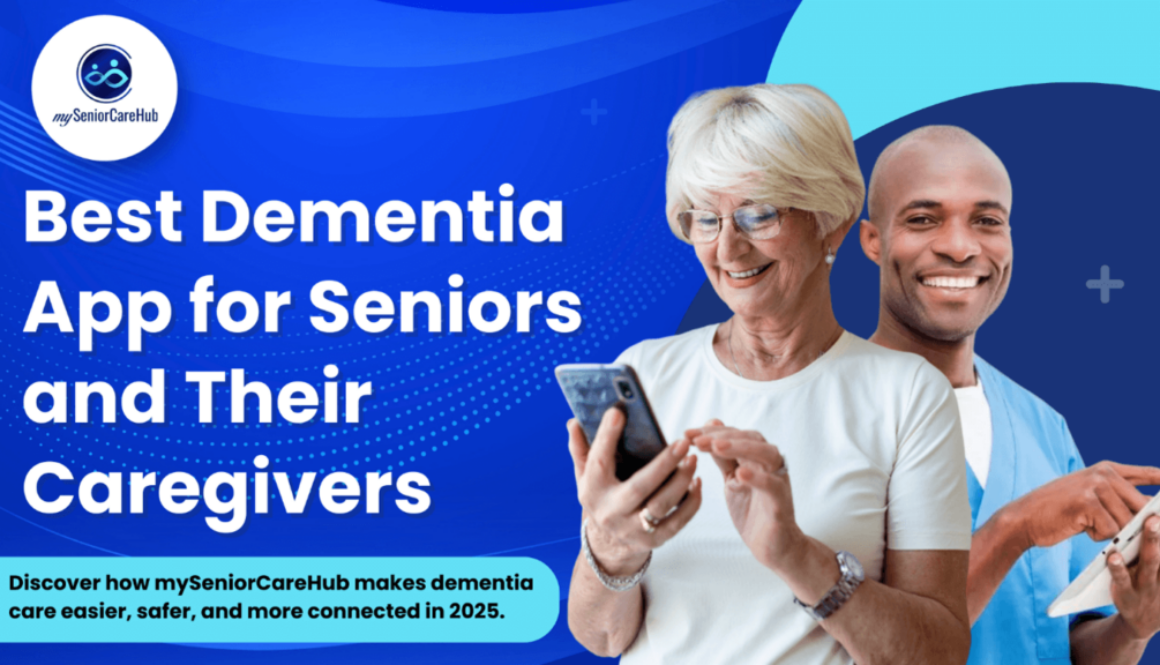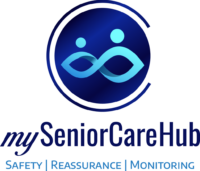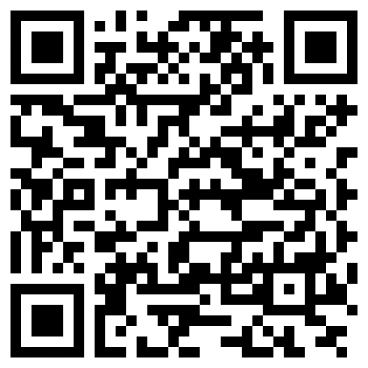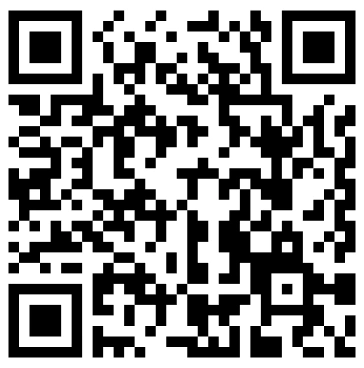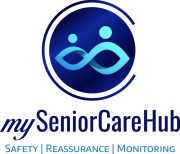Glimpse into the Future: How Senior-Friendly Tech is Changing
We are moving swiftly past the image of basic, bulky technology for seniors and into an era of sophisticated, integrated AgeTech.
This revolution is centered on a single, powerful goal: enabling older adults to age in place with enhanced safety, continued independence, and proactive health management.
Let’s take a look at key technologies that are transforming senior living and expectations from the next generation of care.
1. The Rise of the Smart Home Ecosystem For Seniors
The home is transitioning from a passive dwelling to an active partner in care, constantly monitoring and optimizing the environment for safety and comfort.
| Technology | Impact on Senior Living |
| Voice-Activated Assistants | Controlling lighting, adjusting thermostats, setting medication reminders, and making hands-free calls are crucial for those with limited mobility or dexterity. |
| Integrated Safety Sensors | Motion sensors, smart doorbells, and non-wearable bed sensors track routine activity patterns. AI analyzes this data to flag unusual inactivity or changes in sleep, alerting caregivers before an emergency occurs. |
| Automated Lighting | Smart lighting illuminates pathways when motion is detected at night, dramatically reducing the risk of falls, which often happen in the dark. |
Goal: To create an invisible safety net that supports independent living without feeling intrusive or restrictive.
2. Senior Wearables Go Proactive with AI and Predictive Analytics
Wearable devices are no longer just fitness trackers; they are becoming powerful diagnostic and predictive tools. The integration of Artificial Intelligence (AI) is the biggest game-changer.
- Smarter Fall Detection: Next-generation devices use advanced AI and algorithms to distinguish between a trip, a sudden sit, and a genuine, high-impact fall, drastically reducing false alarms while ensuring immediate response when needed.
- Continuous Vital Monitoring: Smart watches monitor more than just heart rate. They continuously track data points like blood pressure, pulse, and oxygen levels. AI analyzes these real-time streams to detect subtle anomalies. That may be a signal of the early onset of conditions like infection, cardiovascular issues, or cognitive decline.
- Proactive Health Alerts: Predictive analytics shift care from reactive to preventive. By analyzing historical and real-time data, systems can predict potential health crises. Examples could be an increased fall risk or medication-related issues, days or even weeks in advance, prompting timely medical intervention.
This transformation turns a simple emergency button into a powerful, miniature health data center.
3. The Digital Health Revolution: Remote Patient Monitoring (RPM)
The future of healthcare for seniors involves fewer inconvenient trips to the doctor’s office and more personalized care delivered remotely.
- Telehealth Integration: Virtual doctor visits, specialized consultations, and even mental health counseling are becoming routine, providing accessible care for seniors with mobility challenges or those living in rural areas.
- Seamless Data Sharing: Wearables and smart health monitors seamlessly transmit real-time health data to approved healthcare providers. This data provides doctors with a comprehensive picture of a senior’s health status, enabling accurate diagnoses and personalized treatment plans.
- AI-Powered Medication Adherence: Smart pill dispensers and wearable reminders are now integrated with apps. They can check for drug interactions and track refill alerts, preventing dangerous medication errors and simplifying complex daily routines.
SafeLynk Difference: Connecting Today’s Technology with Tomorrow’s Senior Care
We believe the future of senior care is available now. SafeLynk Smart Watch is engineered to bridge the gap between advanced technology and simple, reliable use.
It embodies the next era of senior-friendly tech by offering:
- Real-Time Data Collection: Log daily vitals like Blood Pressure, Heart Rate, and Oxygen right in the companion app.
- Intelligent Assistance: The Voice Intelligent Agent, Kiara, helps manage medication and provides health information without complex typing.
- Integrated Safety: Features like built-in Fall Detection, GPS Tracking, and 24/7 Emergency Dispatch ensure help is always a voice command or a button press away, no matter where life takes them.
Ready to Embrace the Future of Worry-Free Aging?
Don’t wait for the technology of tomorrow when the best in modern care is available today. Empower your loved one with the confidence to live fully and independently. Secure SafeLynk Smart Watch and Step into the Future of Care.

